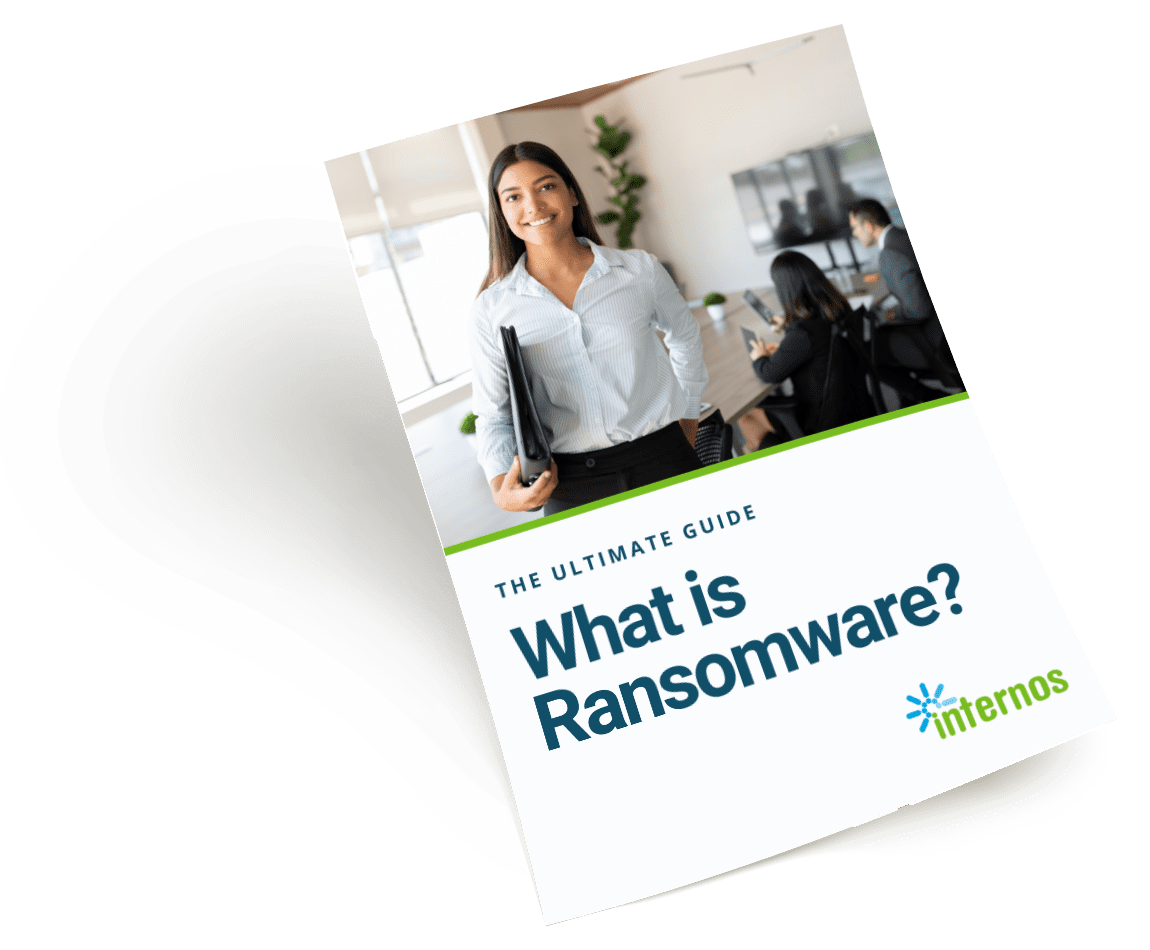
Does your company’s remote work infrastructure and overarching strategy rely heavily on cloud computing? If so, you are not alone in your capacity planning efforts. Corporate spending on cloud computing and infrastructure for remote work increased sharply last year, even as overall IT spending dipped slightly. And that spending trend is sure to increase as a growing number of businesses, both small and large, create and implement plans to transition most or all of their workforce to fully remote arrangements.
Physical Office vs the Cloud
For many business leaders, the ability of their coworkers to leverage cloud-based remote work infrastructure solutions, particularly software-as-a-service (SaaS) offerings, has proven that physical office space is no longer crucial to their success. It is an attractive picture; without the need for a physical office, business owners can save valuable resources that could otherwise be put to better use for growing the business itself.
According to an article published on Starter Story, the cost of renting out an office space ranges between $500 to $5750+ per month, which doesn’t include any common office supplies like pens, paper, printers, Wi-Fi or coffee.
However, this office-free vision is not entirely accurate. While it is true that most enterprise resource planning (ERP), customer relationship management (CRM) and productivity apps no longer rely on physical servers with their cloud-hosted subscription-based models, most businesses have services and applications that are not easily separated from their physical systems.
Business leaders are frequently surprised to learn that the thing holding them back from their remote-work vision is a dedicated piece of hardware in their office. The fact is that company servers often host mission-critical IT infrastructure.
One example of this type of infrastructure is “specialty” or custom-built software; in other words, infrastructure that cannot be easily replaced. This software may have been built specifically by or for the company, or it could be legacy software that is no longer supported.
In any case, there is no ready-made cloud solution available that allows the company to buy an enterprise license, transfer all their data and get to work.
Thankfully, with the right know-how, most software of this kind can still be migrated relatively quickly to an established public cloud provider, such as Amazon Web Services (AWS) or Microsoft Azure. By using a public cloud provider, customers, instead of owning and maintaining the hardware themselves, simply outsource and rent computing power. It’s an effective way to create infrastructure for remote work.
Outsourcing Concerns
Some leaders may be skeptical of what they perceive as handing over their data and code to a third party. The skepticism is normal, however, it’s unwarranted. When your business uses a public cloud service, your business maintains total control over all its data and code.
The only difference between outsourcing to the cloud and keeping everything in-house is where that code and data are stored. Furthermore, reputable cloud providers offer data privacy and security features that almost always exceed what a single firm can do in-house.
There are also some other unexpected benefits of migrating software to the cloud. Cloud providers usually offer much higher levels of availability and uptime than on-premises services, with strong backup and disaster recovery features.
Using a public cloud can also be more cost-effective for your business. Once you factor in the cost of expenditures like business-class internet and electricity to power and cool on-premises hardware, the cost benefits start to tip strongly in the direction of cloud-based services.
But perhaps the biggest benefit of using a public cloud is its scalability potential. In IT, a typical lifecycle — the time between major hardware purchases — is three years. This means IT leaders must plan for and purchase right now for the needs of a growing company several years from now.
There is always the danger of buying too little and not having enough capacity to handle the business’s future needs. On the other hand, buying too much can be a major waste of resources. Luckily, with the cloud optimized for your remote work infrastructure, you can always have exactly as much storage and computing power as you need. Getting more space is as easy as the click of a mouse.
The Setup Process
Once you’ve made the switch to SaaS ERP solutions and you’ve migrated your on-premises software to a cloud host, you should be all set, right?
Not so fast: There is still the issue of virtual private networks or VPNs. Businesses of all sizes use these encrypted tunnels to enable secure remote access to tools and software from any location. VPNs are an absolute must in the era of remote work, where employees may be accessing company data from unsecured home networks or café Wi-Fi.
Thankfully, VPNs no longer need to be entangled with your company’s physical real estate or its ERP software. Palo Alto Networks and Cisco are just two of the major technology firms offering VPN solutions that integrate seamlessly with the top public cloud providers.
Next Steps for Remote Work Infrastructure
To sum up, business leaders who dream of a fully remote workforce, independent from their physical office space, are right in having those goals. In practice, however, things are a little more complicated to implement.
Nevertheless, with a little bit of elbow grease and someone on their team with a good understanding of the technical challenges, business leaders can, in the vast majority of situations, harness the power of the cloud and make their remote-work vision a reality.
We can help. Contact us or book a meeting to discuss your remote work infrastructure and cloud solutions today.

